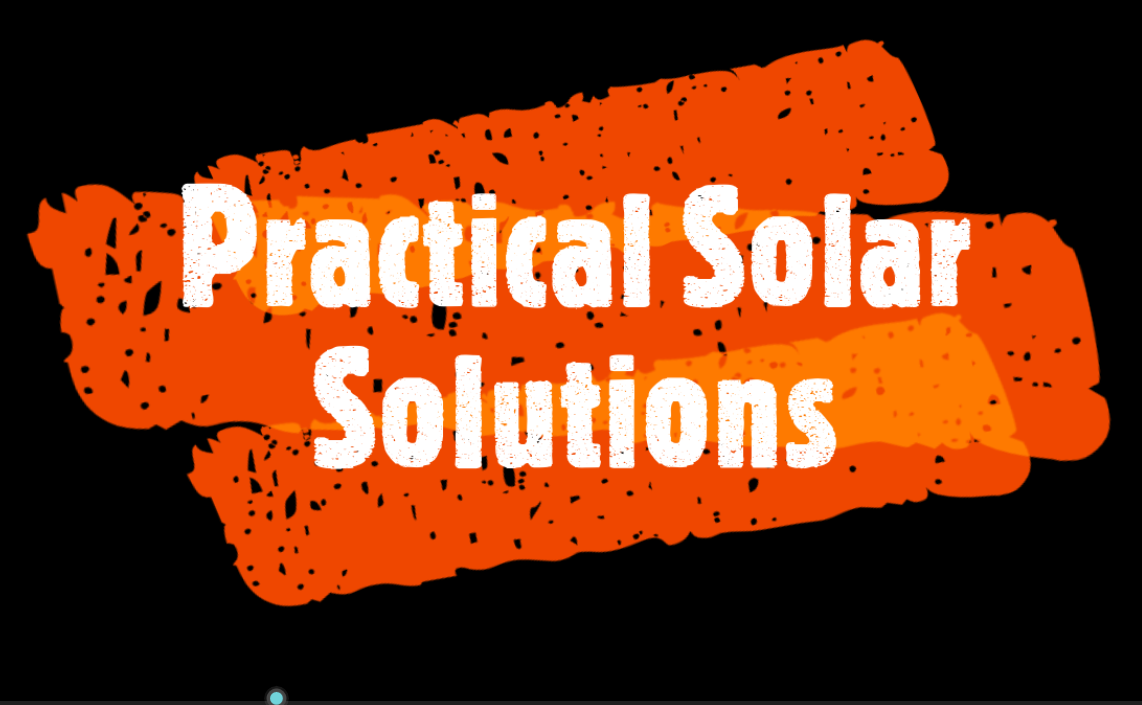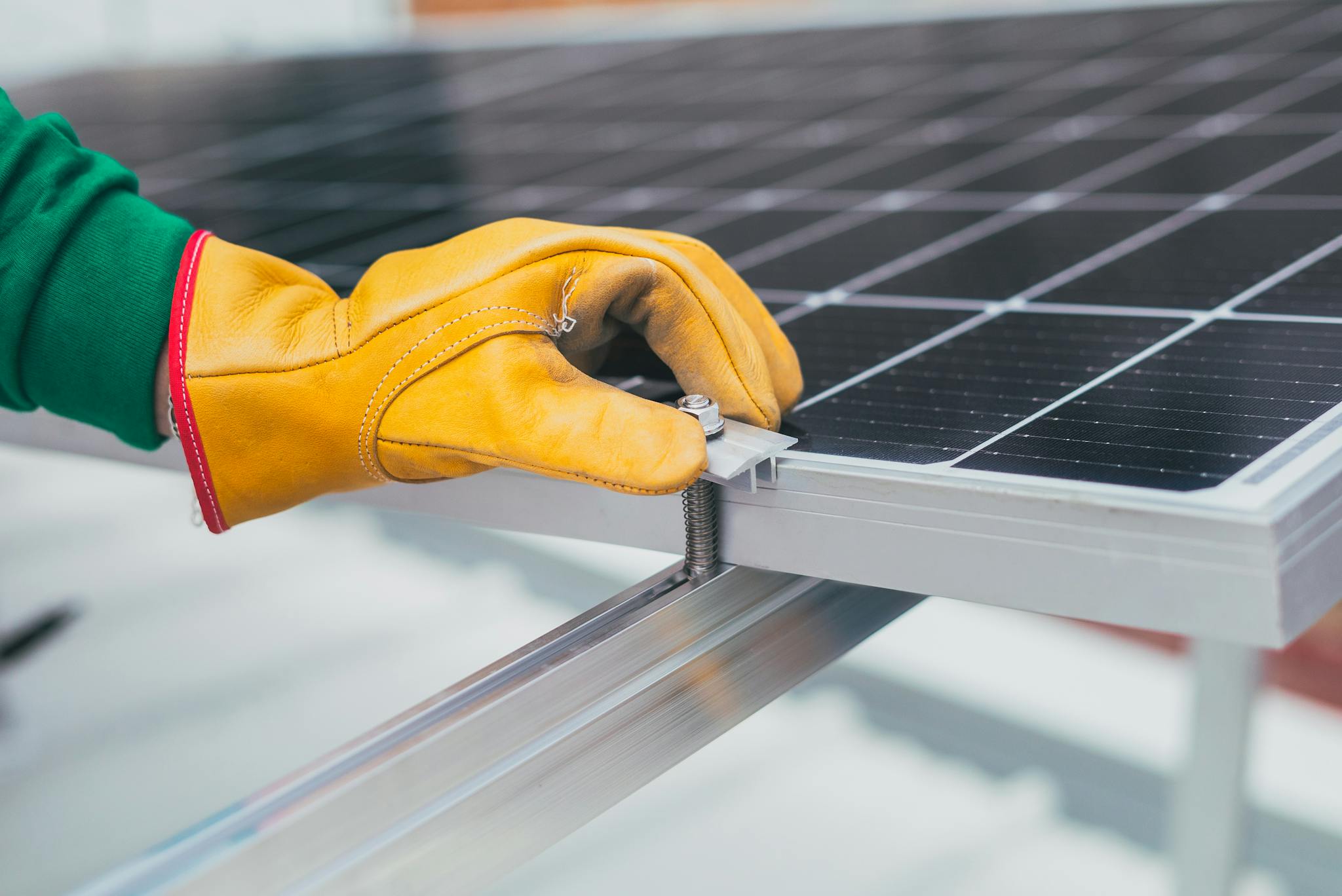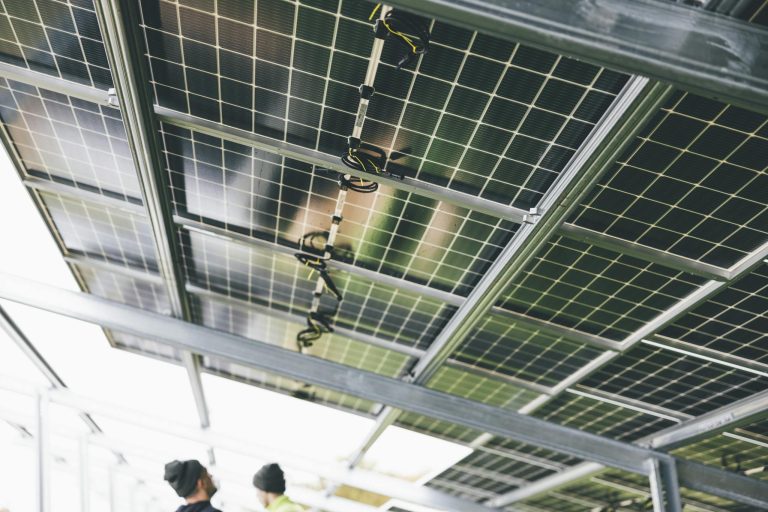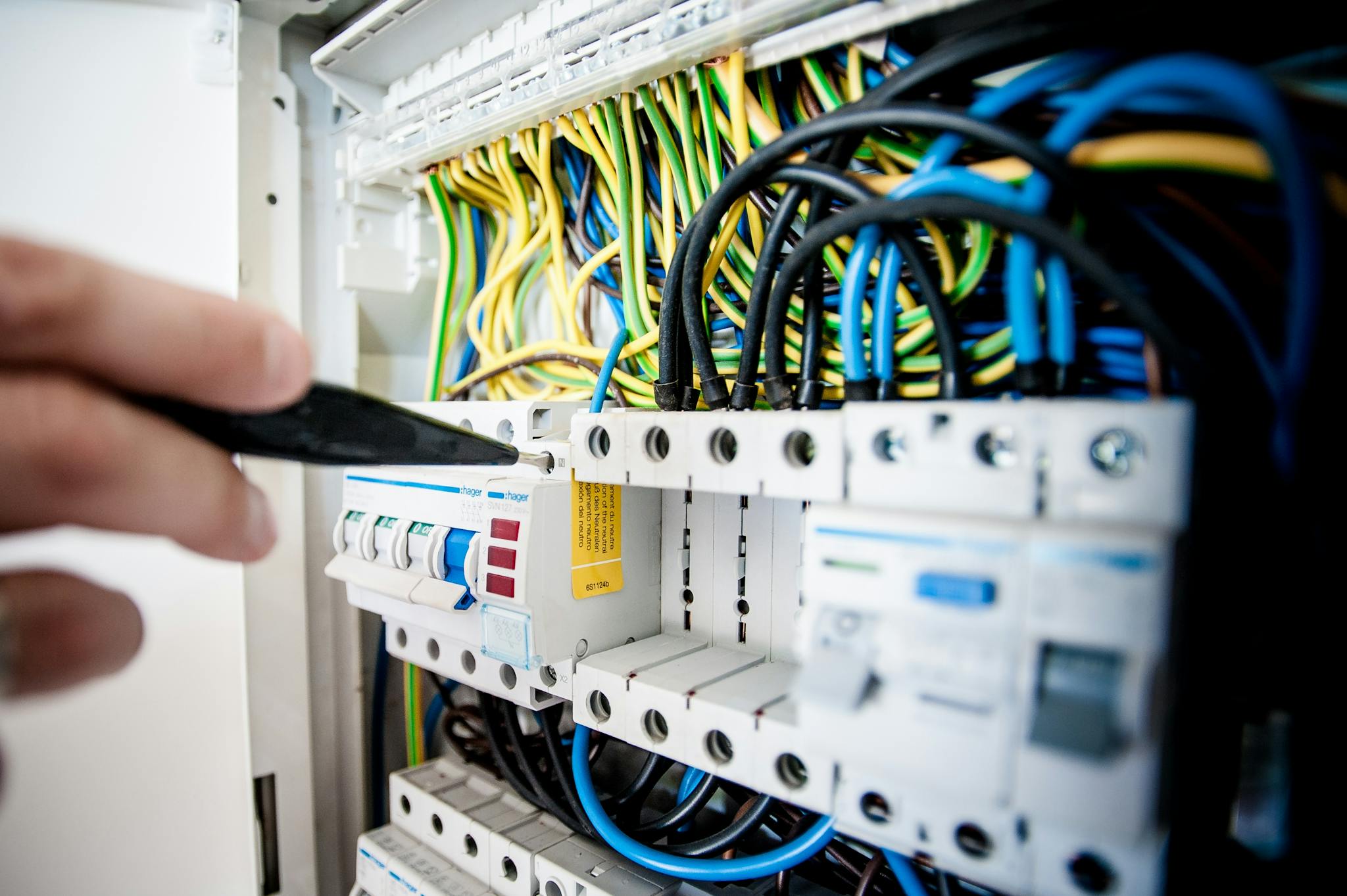The Best Solar Solutions for Unstable Electricity Grids and High Energy Tariffs
As a solar expert, I understand the challenges faced by homeowners in regions with unstable electricity grids and exorbitant energy tariffs. Choosing the right solar system can significantly impact your energy independence and cost savings. In this blog post, we will explore three primary types of solar systems: stand-alone solar systems, hybrid solar systems, and backup solar systems. Each has its unique advantages and considerations, especially in your context.
1. Stand-Alone Solar Systems
Stand-alone solar systems are designed to operate independently of the grid. They are ideal for remote areas or locations where grid access is unreliable.
- Advantages:
- Energy Independence: You generate and store your own energy, reducing reliance on the grid.
- Cost Savings: Once installed, the ongoing costs are minimal, especially in areas with high energy tariffs.
- Sustainability: They provide a clean energy source, reducing your carbon footprint.
- Considerations:
- Initial Investment: The upfront cost can be high, as you need more batteries for energy storage.
- Energy Management: You must carefully manage your energy consumption to avoid depleting your battery reserves.
2. Hybrid Solar Systems
Hybrid solar systems combine both grid-tied and stand-alone features, allowing you to use solar energy while still being connected to the grid.
- Advantages:
- Flexibility: You can draw power from the grid when solar production is low, ensuring a continuous energy supply.
- Cost Efficiency: You can sell excess energy back to the grid, offsetting some of your energy costs. (If your local authority allows this)
- Backup Power: In case of grid outages, you can still use stored energy from your batteries.
- Considerations:
- Complexity: Installation can be more complex due to the integration of multiple systems, but is generally the norm in South Africa with most residential installations being hybrid.
- Cost: While it offers flexibility, the initial setup can be less expensive than a stand-alone system due to less batteries required.
3. Backup Solar Systems
Backup solar systems are primarily designed to provide short term power during outages. (Battery dependent – more batteries – longer duration) They are generally used in a hybrid fashion. They may or may not have sonar panels included in the setup.
Advantages:
- Reliability: They ensure you have power during grid failures, which is crucial in areas with unstable electricity.
- Lower Initial Costs: Generally adding a backup solution is more affordable than a full stand-alone system.
- Simplicity: These systems are generally easier to install and maintain. Can be a “starter system” whereby additional batteries and solar panels can be added at a later stage.
- Considerations:
- Limited Capacity: Backup systems may not provide enough power for all your needs, depending on the size of the batteries installed.
- Dependence on the Grid: You still rely on the grid for regular energy needs, which may not be ideal in your situation.
Conclusion
In conclusion, the best solar solution for you will depend on your specific needs, budget, and energy consumption patterns. Here’s a quick summary to help you decide:
- Choose a Stand-Alone Solar System if you want complete energy independence and live in a remote area.
- Opt for a Hybrid Solar System if you seek flexibility and the ability to sell excess energy back to the grid while having backup power.
- Consider a Backup Solar System if you want to ensure you have power during outages without a significant investment.
By carefully evaluating these options, you can make an informed decision that aligns with your energy needs and financial goals. If you have any further questions or need assistance in choosing the right system, feel free to ask! 🌞



